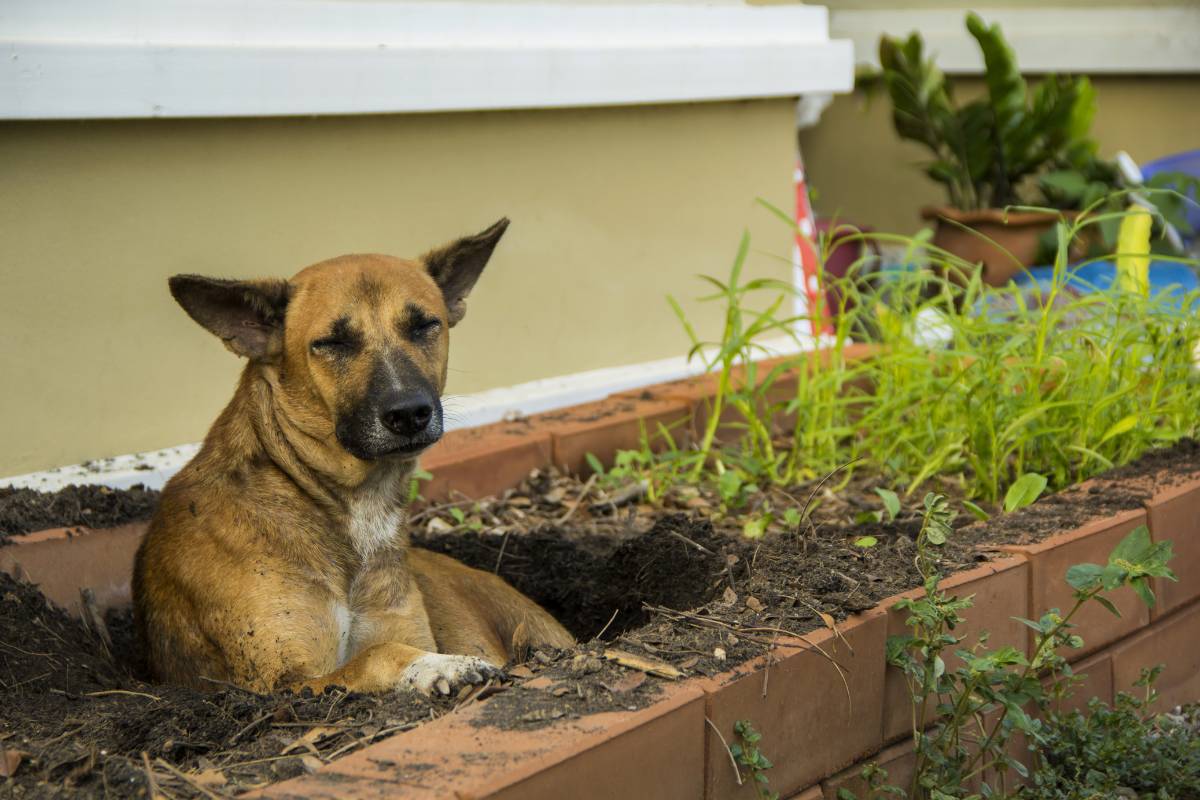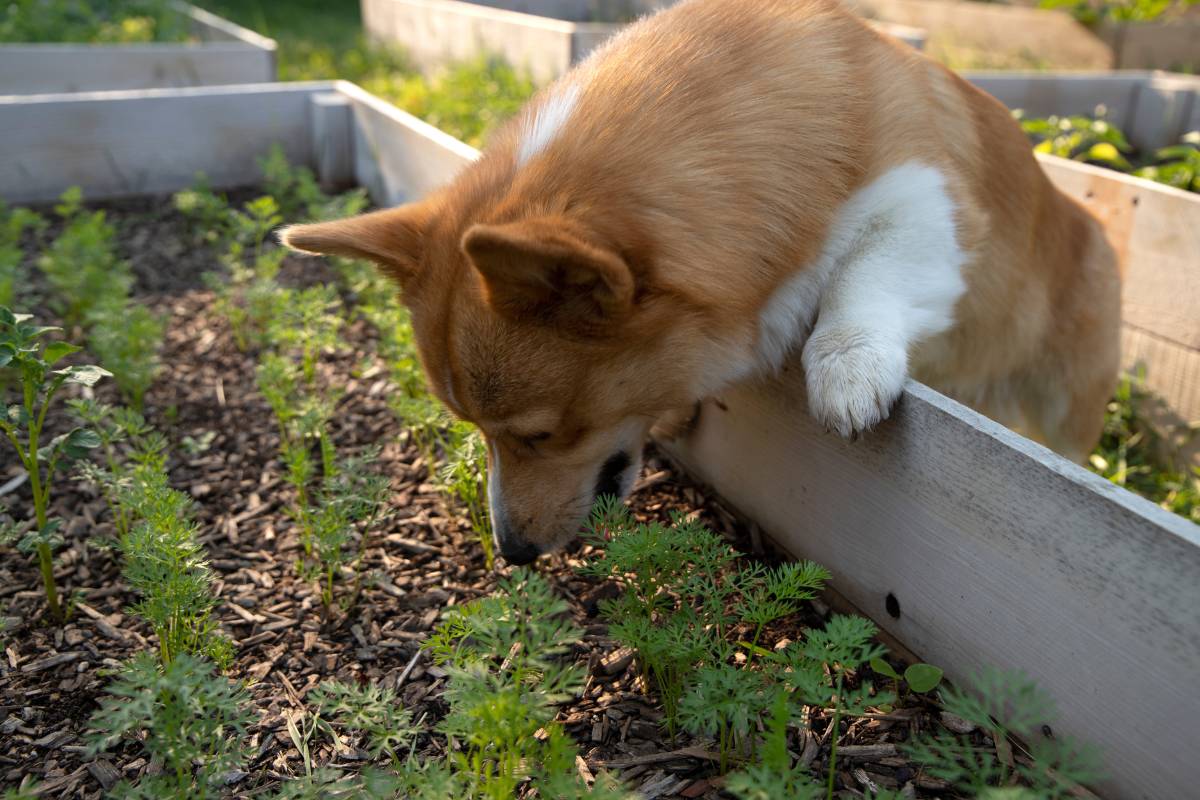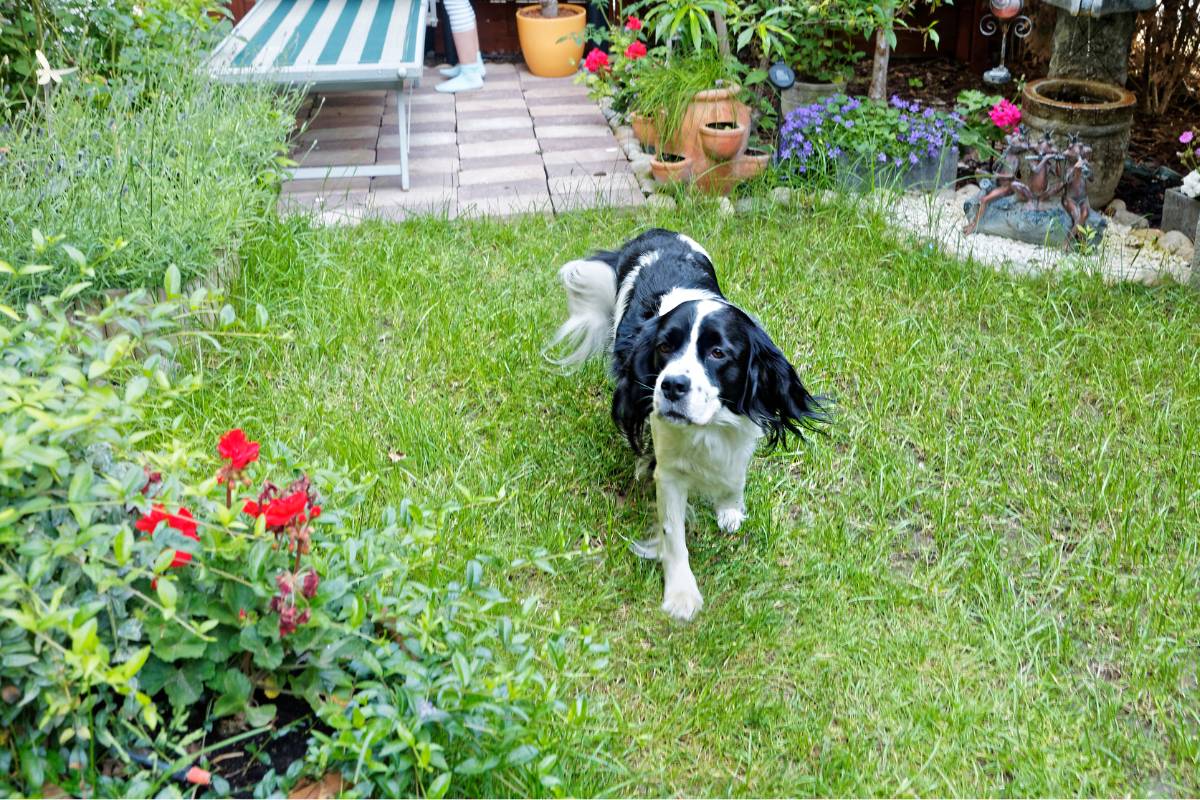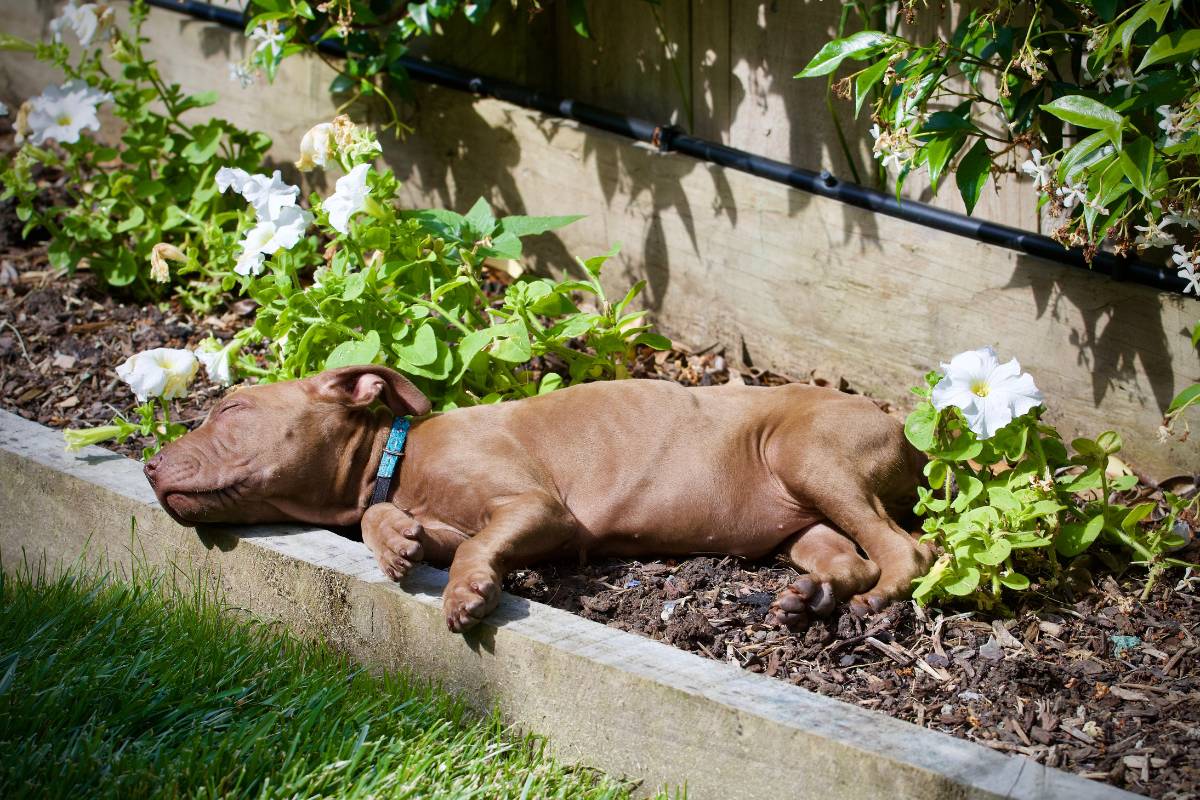Australia is a nation of dog lovers, with more than 60% of households across the country owning a pooch. Dogs are great garden companions, but their exuberant nature and penchant for digging, playing and guarding their territory requires a thoughtful approach to garden design.
Read on to learn how to strike a balance between meeting the needs of dogs and maintaining an inviting space for humans in your garden.
Understanding Canine Behavior
Before delving into a dog-friendly garden makeover it's crucial to observe your dog’s behaviour. While all dogs will patrol fence lines and caper about on lawns, some take more of a liking to digging, wearing tracks in lawns through compulsive behaviour or lying on plants than others. Recognising that different dog breeds exhibit distinct behaviours and that each dog has a unique personality is a good start when thinking about your garden layout.
Fencing: A Secure Haven
Creating a secure environment is paramount when designing gardens for dogs. Solid fences are often more effective than ones with gaps, not only for containment but also to provide a sense of security for four-legged companions. Dogs love to patrol the boundary, so consider leaving enough room for a mulched 'dog run' between fences and hedges or screening trees. However, be mindful of plant choices in this area—avoid thorny or spiky plants that could pose a hazard, or overly delicate ones that may be trampled.
Basic Needs: Shade, Water and Shelter
Just like humans, dogs require a comfortable place to rest and sleep. Observing your dog will guide you to the shadiest, coolest spots in your garden in summer, and the warmest and sunniest ones in winter. Leaving some plant-free space - either mulched, grassed or paved - in these parts of the garden can help avoid the heartache of a stepped-on or slept-in garden bed.
Ensure there's fresh, clean water available for your dog at all times, and place bird baths and feeders high enough so birds feel safe to use them. If your dog spends time outside during rain or when you're away from home, providing shelter in the form of a kennel or covered outdoor area is also essential.
Establishing a designated toileting area for your dog is desirable to create a clean and pleasant garden for humans. If possible, train your dog to use a specific spot, and consider incorporating materials like mulch or gravel that facilitate easy cleanup. Regular pick-ups here are essential to keep your garden human-friendly.
Lawn Care
While there’s nothing like the unbridled joy dogs display while frolicking on a lawn, they can also wreak havoc in this area of your backyard. If your canine is wearing tracks through constant patrolling, providing distractions in the form of toys or long walks may lessen the problem. Accept that some wear and tear is inevitable though - often fencing off a particularly worn patch just serves to move the problem, rather than solve it. Opting for grass varieties like buffalo that spread by rhizomes is a good idea, as these varieties can regrow over bare patches.
Dog urine is high in nitrogen which can burn grasses, leaving bare or yellowed patches in lawns. Watering the lawn directly after it comes into contact with urine will dilute the nitrogen, but as this requires constant vigilance it’s not a practical solution for most dog owners. Instead, provide an alternative area where Fido can urinate or add a ‘dog rock’ type product to your dog’s drinking water.
Protecting Garden Beds
Dogs have a natural instinct to dig, a less than ideal trait when paired with your prized plants. Planting low hedges around garden beds may be a deterrent to digging, as can using spiky plants at the front of borders. For dogs that are really determined, though, growing in raised beds or containers may be the only option to keep precious plants out of harm's way.
Toxic Plants
It’s quite normal for pet owners to worry about their pets ingesting toxic plants. It’s worth noting that, like humans, most dogs will stay away from plants that may harm them, some of which are spiky, unpalatable or otherwise unwelcoming. On one estimate, around a quarter of all garden plants contain toxins that could harm either humans or animals, yet cases of poisoning from them are very rare.
Having said that, there are a few plants that it’s worth being cautious about, especially if your pooch’s nature is on the curious side. Many flowering bulbs, lilies, foxglove, cycads, oleander, rhododendrons and azaleas can all provoke serious reactions or, in extreme cases, be fatal to dogs. If you suspect poisoning, contact your vet, and take a piece of the plant that has been consumed with you when seeking medical attention.
Chemicals and Compost
An organic, chemical-free approach is the healthiest option for you, your dog and the environment. If at times sprays are needed, try to make them as targeted and short-term as possible. Ideally, net or fence off the sprayed area for a few days after application.
Resist the temptation to add dog waste to compost, as it may contain traces of worming treatments or other chemicals that can be harmful to humans. If you do want to add dog poo to the compost bin, avoid using the finished compost on edible plants. Be aware that it's not most worms favourite thing to consume, so it may persist in the finished product despite your best intentions.
By considering these factors and tailoring your garden design to accommodate both your needs and that of your canine companion, you can create a harmonious and delightful outdoor space for everyone to enjoy. So roll up your sleeves, embrace the paws in your life, and let your garden become a haven for both blossoms and barks.









